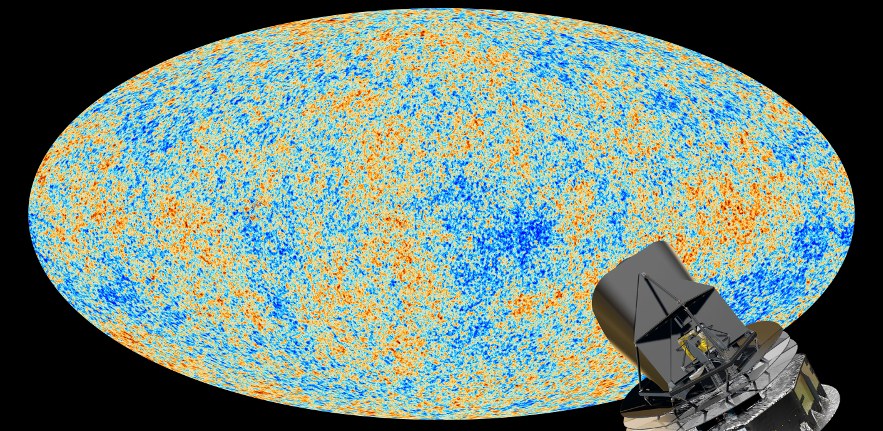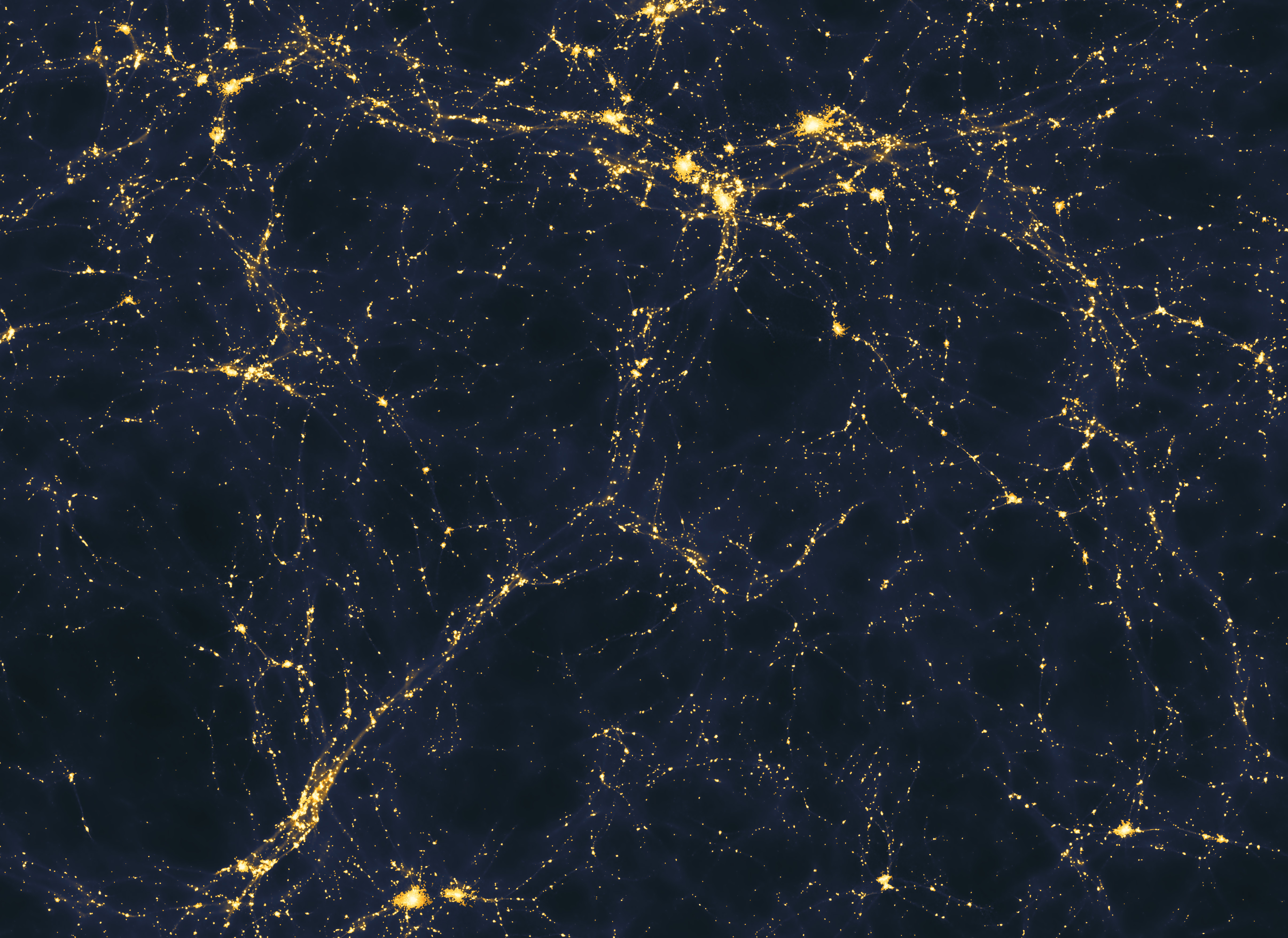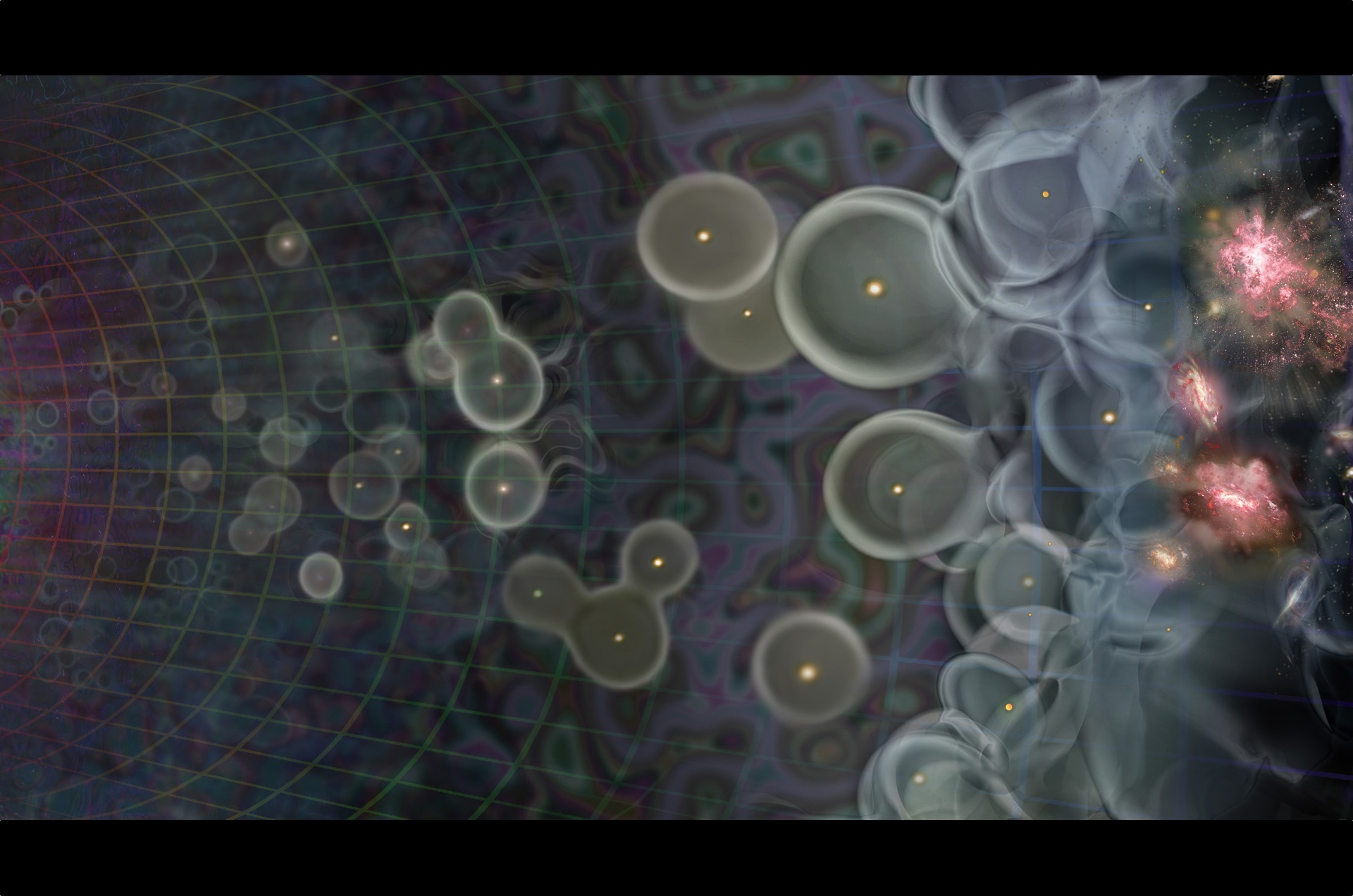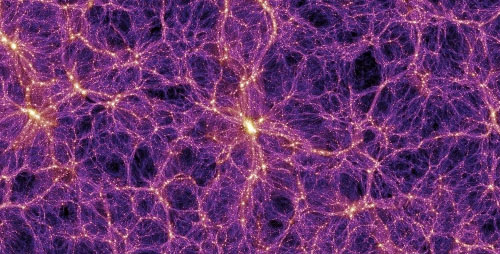Cosmic Microwave Background and the Early Universe
The cosmic microwave background (CMB) provides us with our earliest view of fluctuations in the infant Universe. The Kavli Institute for Cosmology in Cambridge is strongly involved in cutting-edge research into the cosmic microwave background, both through a major involvement in observational experiments (e.g. the ESA's Planck mission and other facilities) and through a detailed theoretical modelling. Follow this link for more information.

Large Scale Structure and Precision Cosmology
Research interests in Large Scale Structure and Precision Cosmology at KICC cover a wide array of physical phenomena, associated with a large range of astrophysical scales and epochs - from the present day properties of the Universe going back in time to the surface of last scattering and the Planck scale era. KICC research in this field includes the involvement and exploitation of ongoing and forthcoming large-scale surveys (DES, DESI, 4MOST, WEAVE, LSST). Follow this link for more information.

Epoch of Cosmic Reionization
Our Universe is expected to become almost neutral around 400,000 years after the big bang. On the other hand, we know from observations of quasar absorption spectra that the same Universe has become highly ionized by the time it is one Gigayear old. The reionization of the Universe is driven by radiation from first luminous sources (galaxies/stars). Studying reionization will thus tell us how the first galaxies formed and how they looked like. Researchers at KICC are using numerical simulations to generate realistic maps of 21 cm emission arising from the hydrogen hyperfine transition. Through the Cavendish Astrophysics radio group hosted in the Battcock Centre, we are also involved in the next generation of radio experiments, such as SKA and HERA aimed at probing reionization by mapping the distribution of the 21cm around the same epoch. Recently, the KICC funded the REACH experiment, aimed at the detection and study of the Global 21-cm signal. REACH is run by the Cavendish Astrophysics Cm-wave Experimental Radio Cosmology group. We are also involved in ongoing (VLT) and forthcoming projects, such as JWST and the E-ELT, with the goal of investigating the reionization process and directly detecting the sources of reionization through optical and near-infrared spectroscopic observations. Follow this link for more information.

Formation and Evolution of Galaxies and Supermassive Black Holes
Work within this area focuses on the understanding of the mechanisms and physical processes responsible for galaxy formation and evolution, as well as the role played by accretion onto supermassive black holes, across the cosmic epochs. This activity combines mulitwavelength observations of local and distant galaxies and quasars, obtained by exploiting many of the major observing facilities worldwide (VLT, ALMA, NOEMA), as well as some of the major forthcoming facilities (JWST, E-ELT), together with theoretical models and state-of-the-art numerical cosmological simulations. Follow this link for more information.

Intergalactic Medium
High-resolution quasar spectra, together with numerical simulations, have demonstrated that the IGM is arranged in a "cosmic web" of filaments and voids, with galaxies forming in the densest regions. Research in this area at the institute uses quasar spectra and numerical similations to try and understand how the IGM evolves with time, and how galaxies and the IGM interact. Follow this link for more information.

Gravitational Waves
Gravitational-wave astronomy is an emerging branch of observational astronomy that aims to use gravitational waves to understand objects such as neutron stars and black holes, events such as supernovae, and processes including those of the early universe shortly after the Big Bang. Research at KICC is focused both on theoretical work aimed at predicting the GW signal from the various classes of sources and on developing the statistical tools for the detection and analysis of GW experiments such as LIGO. Follow this link for more information.



